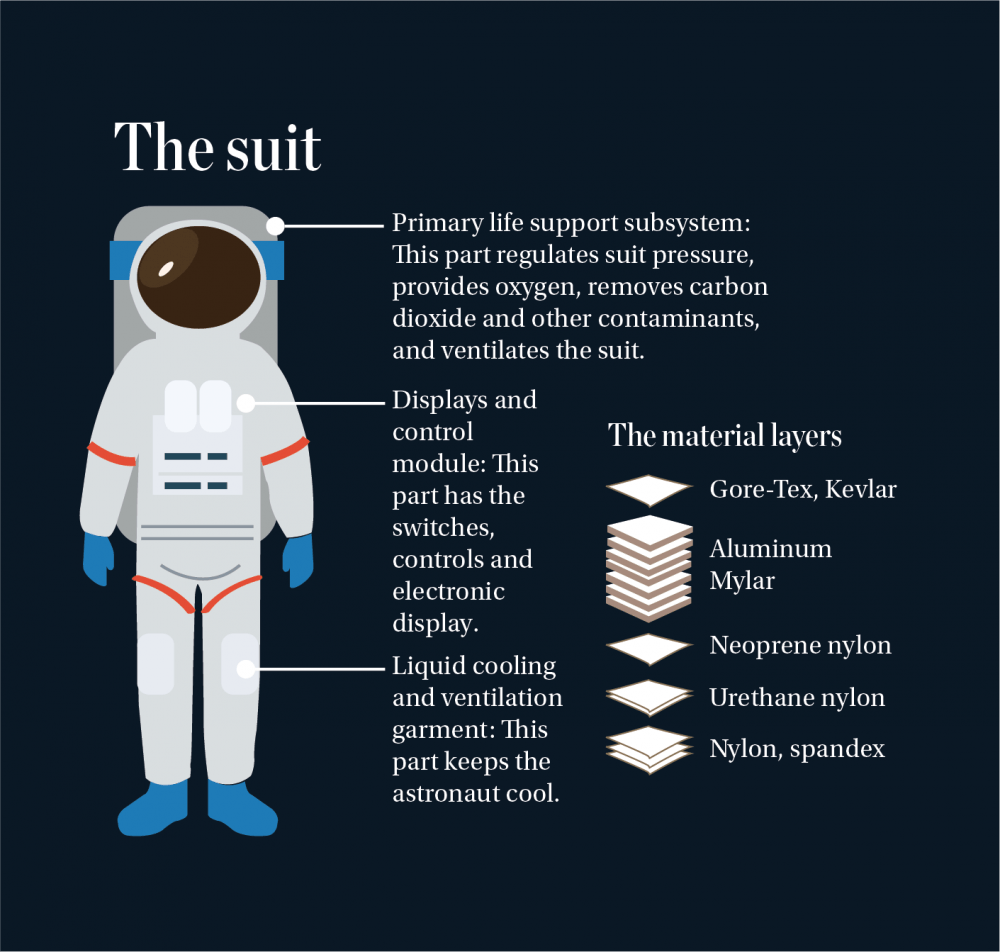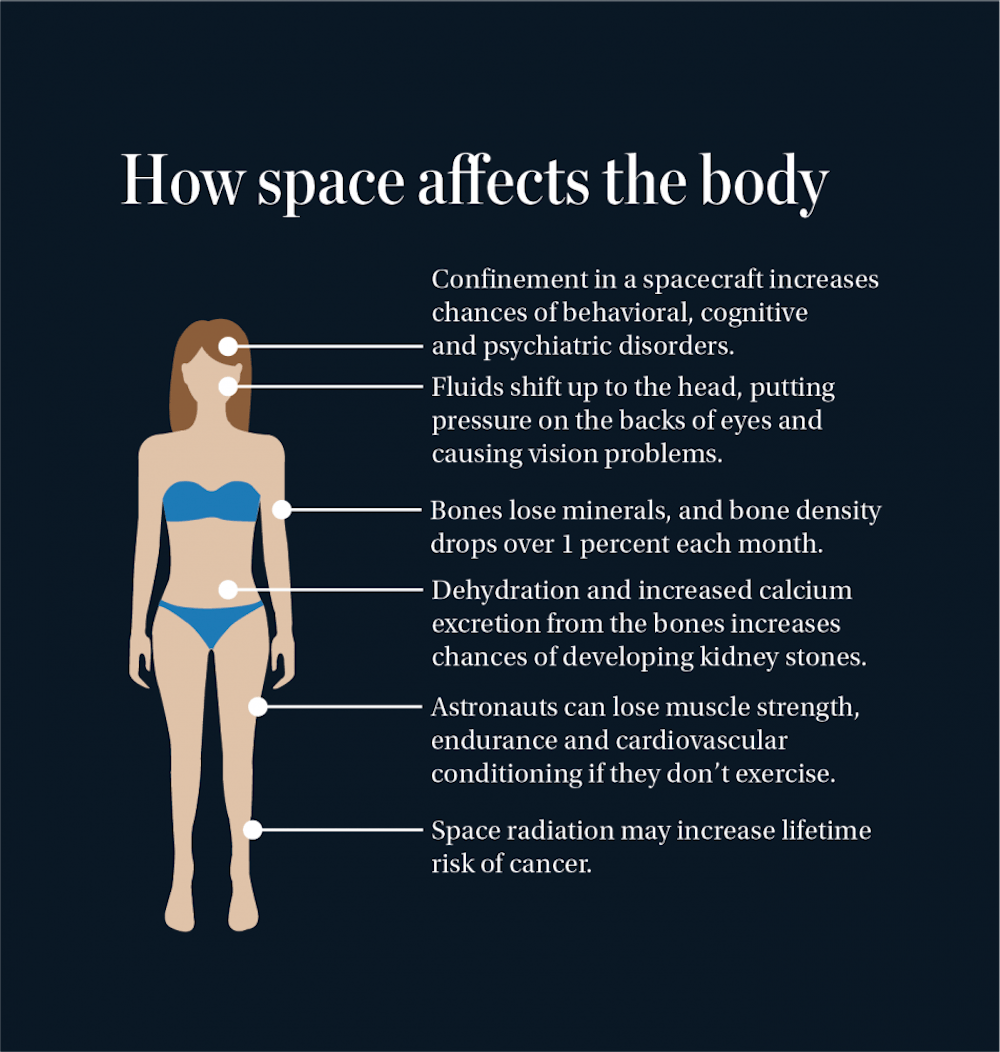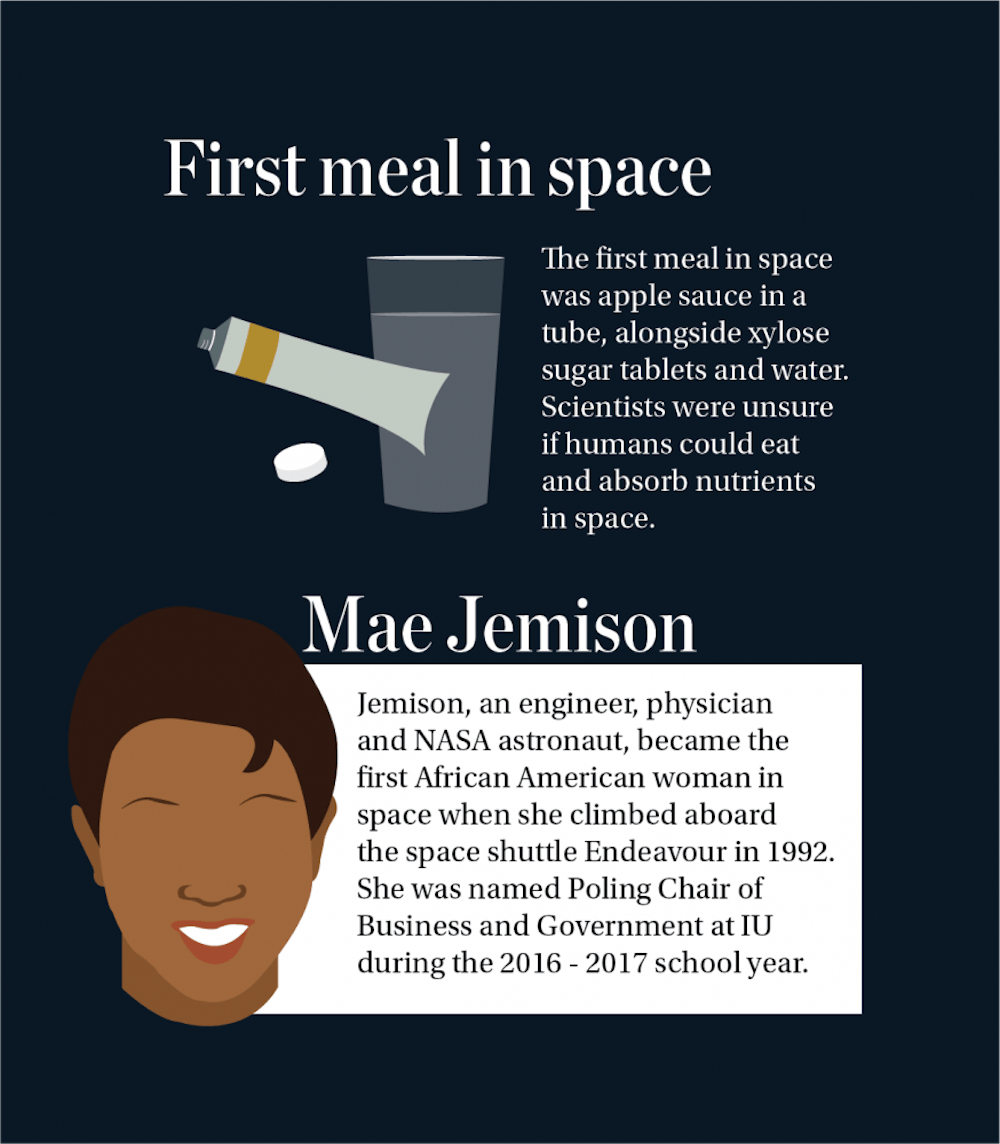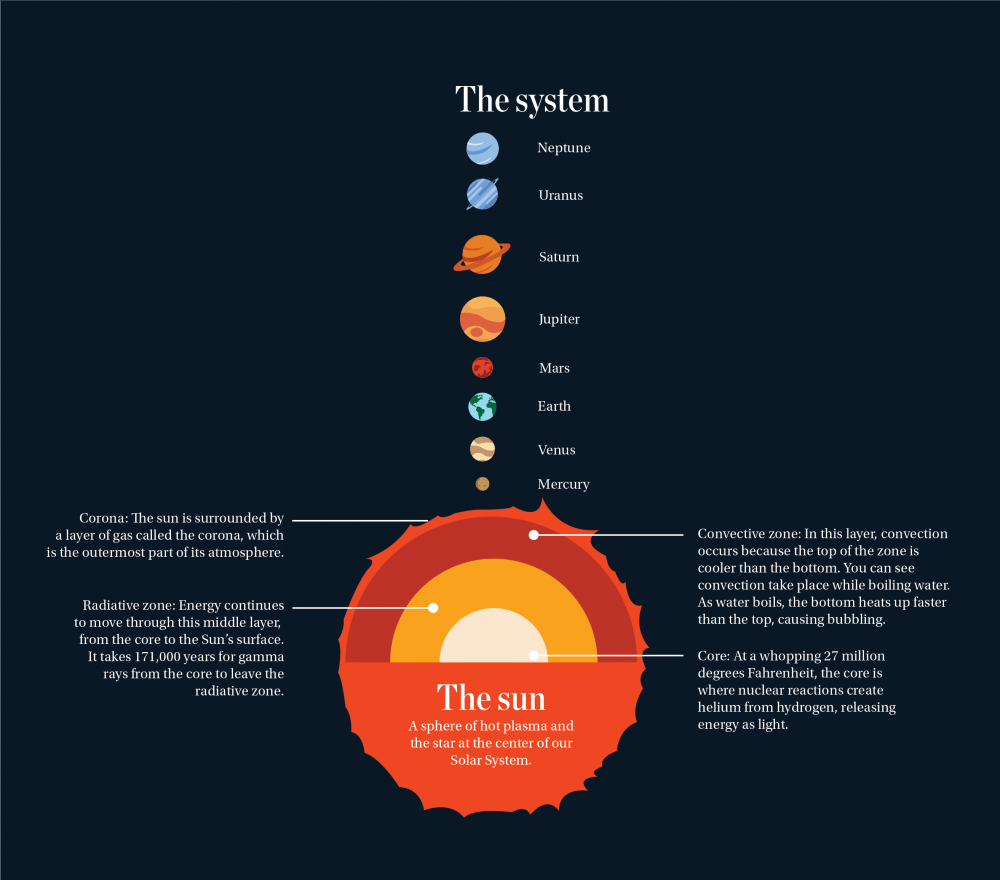As we celebrate the 50th anniversary of the film "2001: A Space Odyssey," the Indiana Daily Student is looking at how space exploration has developed through the years. Keep reading to learn the parts of a space suit, what the first meal in space looked like, how space travel affects the human body, and more.

It all comes down to the suit. The complicated garment is what keeps astronauts alive and kicking in the harsh outer space. Facing a vacuum, temperature extremes, pressure differences and zero-gravity, astronauts rely on the suits to help them along.

The Vostok 1 was the first spacecraft to carry a human into space. When Soviet Union cosmonaut Yuri Gagarin climbed aboard the ship, he made history as the first man in space and paved the way for continued space research. The International Space Station has been orbiting Earth for 7,000 days as of Jan. 19, 2018 and has also propelled the world to new heights in space exploration.

The isolated, extreme conditions of space can be an unfriendly place, especially for the bodies and often mental states of astronauts. But daily exercise, a healthy diet and mental preparation can help get space explorers ready for takeoff.

It's not all astronaut ice cream. The first meal in space may not have been the most appetizing, but it was enough to fuel the human body, even though scientists were unsure if humans could even absorb nutrients from food while in space.

Many of us have learned to recite the order of the solar system by memory since elementary school, but in case you need to brush up, here's the system from Mercury to Neptune — sorry Pluto.

Sources: nasa.gov, Smithsonian National Air and Space Museum




